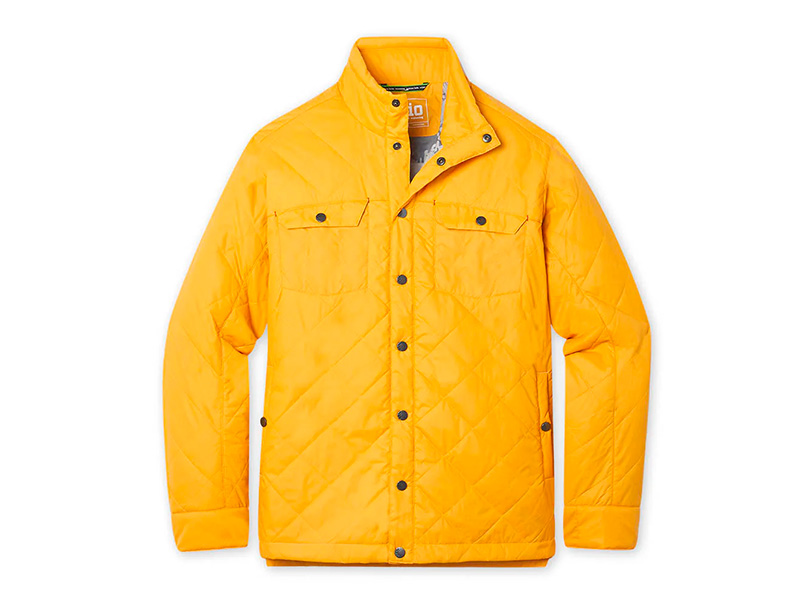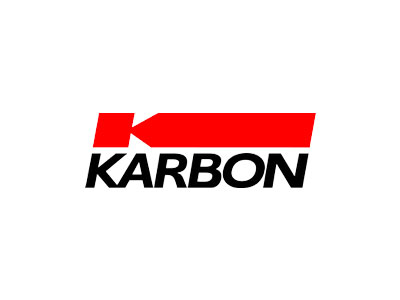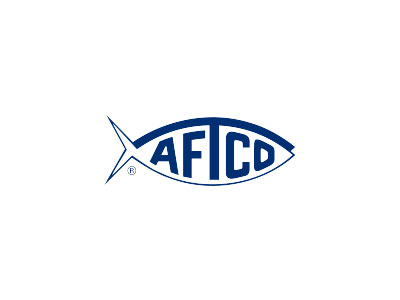THE TREK
How to Choose the
Perfect Insulated Jacket
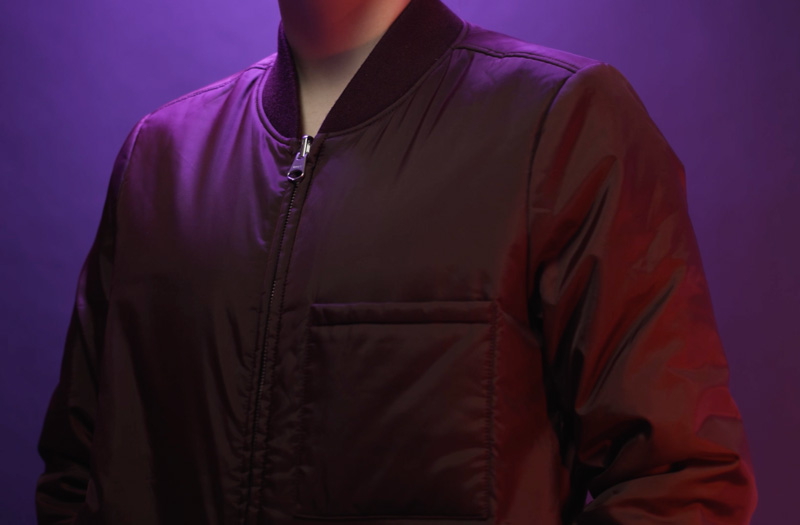
WHAT’S INSIDE YOUR JACKET?
Jackets are often insulated with one of two primary materials: synthetic fibers or down. Synthetic insulation, crafted from various man-made fibers, is celebrated for its resilience and performance in wet conditions. Down insulation is made from the fine, fluffy undercoating found beneath the feathers of ducks and geese, providing exceptional warmth and lightness.
When deciding on the type of insulation for a jacket, you should consider your primary use for the garment, the climates you’ll be facing and your personal preferences regarding care and maintenance. For active outdoor enthusiasts who frequently encounter a wider variety of conditions, synthetic insulation might be the better choice due to its ability to retain warmth when damp and its quick-drying properties. On the other hand, those prioritizing maximum warmth for lower aerobic activities in dry, cold conditions might lean towards down insulation, known for its exceptional warmth-to-weight ratio.
Synthetic materials are hypoallergenic and generally more durable and maintain their insulating capabilities over time, even after multiple washes. Down requires meticulous care to maintain its loft and effectiveness.

DOWN VS. SYNTHETIC
Down | Thermore Ecodown® | |
Made from | Goose or duck plumage | 100% recycled polyester - naturally non-allergenic and animal cruelty-free (approved by PETA) |
Best for | Warmth in cold, dry climates | Warmth in cold and damp climates with changing conditions |
Activity Level | Leisurely activities | Higher-intensity performance activities where thermal control is crucial |
Bonus Points | Easy to pack | Quick-drying and lower bulk-maintains warmth even when damp |
How it Works

5 CATEGORIES OF
INSULATED JACKETS
1.LIGHTWEIGHT PUFFERS
These jackets wrap insulation within a lightweight casing, typically crafted from fine-denier nylon or polyester and are treated with a DWR (durable water-repellent) coating to resist minor rain and snow. They serve as a standalone option in cold conditions or as an alternative to a traditional mid-layer beneath your outer shell. (ex: Karbon)
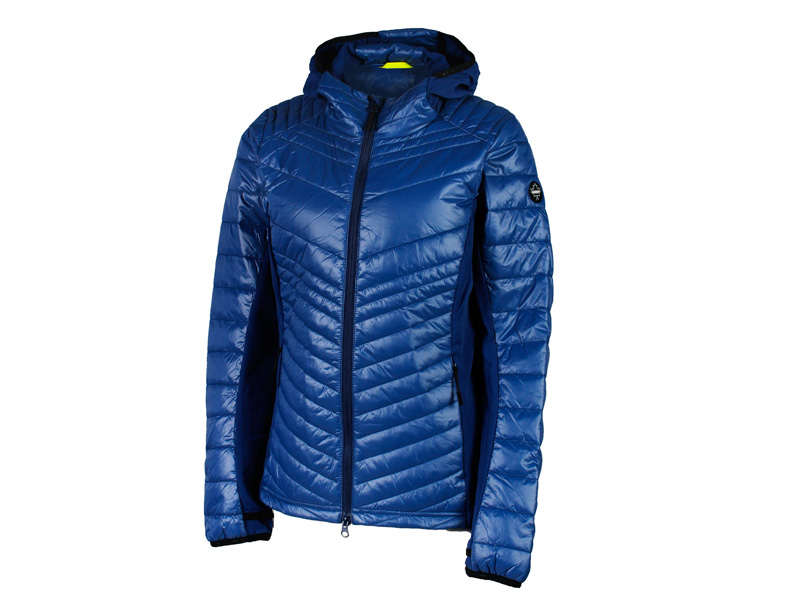
2.HYBRID JACKETS
Hybrid Jackets: These jackets are designed with a strategic blend of quilted insulation panels in essential areas, complemented by fleece or stretch fabric along the arms, sides, and sometimes the back. This mix of materials enhances the jacket’s layering capability and comfort during vigorous activities. It provides the advantage of either down or synthetic insulation around the torso, ensuring core warmth. (ex: Bogner)
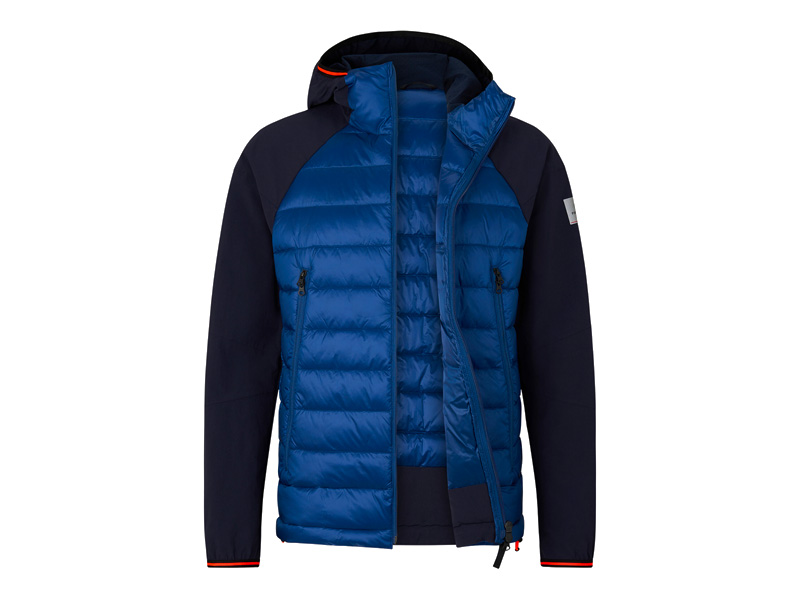
3.INSULATED SNOW SPORT PERFORMANCE JACKETS
For those who frequently brave the extreme cold or prefer to simplify their layering, an insulated ski or snowboard jacket is the ideal choice. The level of insulation varies widely, from just enough to eliminate the need for an additional mid-layer to so substantial that wearing more than a T-shirt underneath could lead to overheating. The selection should be based on the typical coldness of your local climate. A key feature shared by these jackets is their waterproof breathable outer layer, which safeguards the insulation from weather conditions. However, the quality and performance of this protective fabric can differ greatly, making it important to pick your jacket according to the specific weather scenarios you expect to encounter. (ex: Bogner)
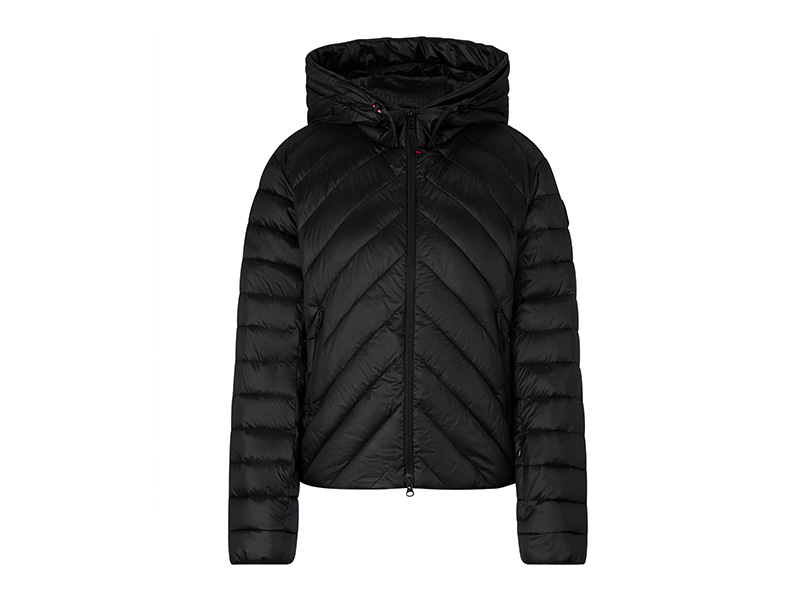
4.INSULATED PARKAS
Parkas are longer than jackets and extend below the waist. This insulated jacket, typically with a hood, keeps you warm and protected in cold conditions. Parkas are designed to go on over everything you’re wearing, including your shell jacket. They’re also incredibly handy for taking breaks during backcountry ski tours, engaging in winter camping, ice fishing, or during any activity when the temperatures are exceptionally low. (ex: Obermeyer)
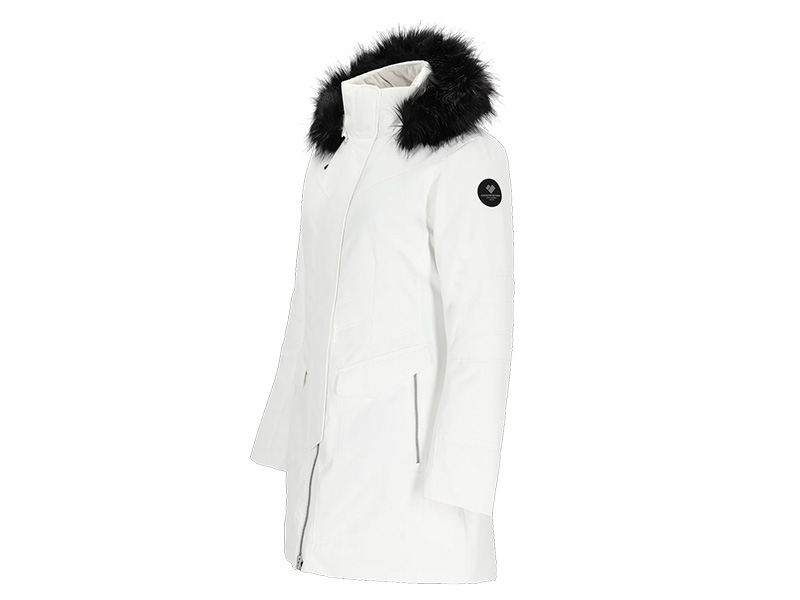
5. INSULATED LIFESTYLE JACKET
If your winter includes frequent walks or attending outdoor events, opting for an insulated jacket that’s more resistant to wind and water would be beneficial. Choosing a jacket with a longer length can also protect you from the cold, particularly whenIf your winter includes frequent walks or attending outdoor events, opting for an insulated jacket that’s more resistant to wind and water would be beneficial. Choosing a jacket with a longer length can also protect you from the cold, particularly when you’re waiting in long lines or making your way to the train station. (ex: Stio)
